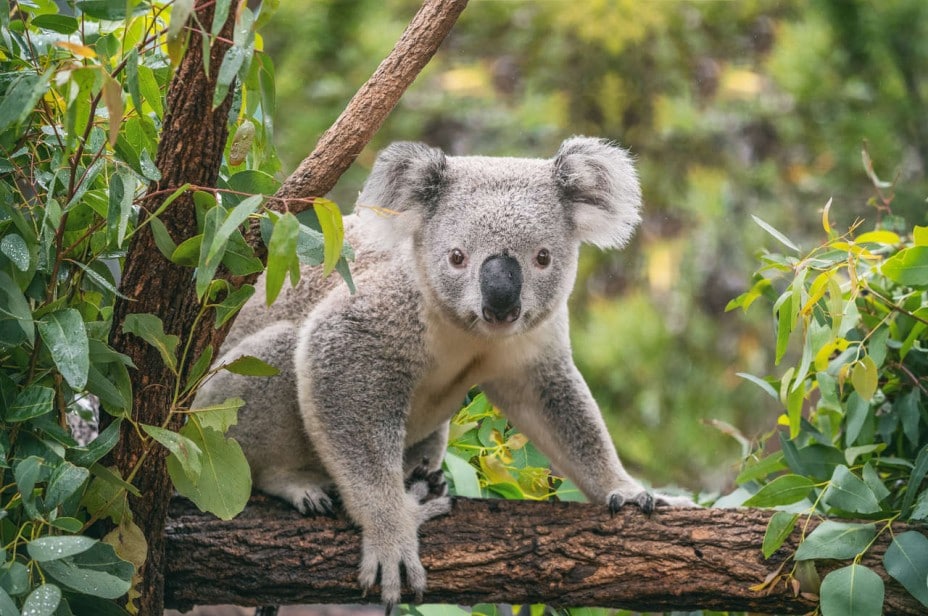Welcome to the exciting world of wildlife photography! You are not alone if you’re drawn by the allure of capturing the elegance of a deer in dappled forest sunlight or the mischievous glint in a raccoon’s eyes. However, while exploring this hobby, it’s crucial to understand the legal guidelines. Ignorance isn’t bliss when it means costly fines or unwitting wildlife disturbance.
Why Understanding the Law Matters
In essence, “knowledge is power.” Being well-informed about wildlife photography laws safeguards you, the artist, while contributing significantly to wildlife preservation efforts. Understanding the law for wildlife photography is crucial for a myriad of reasons:
Permission: When and Where It’s Needed
There may be times when you need clarification on whether you need permission. In these gray areas, it’s always better to err on the side of caution. For example, if you plan to photograph animals in a specific location, reaching out to the local authorities or landowners for permission would be a good idea.
Many resources, such as consent forms and other legal documents, are available online to aid you in this process. At Lawrina, you can conveniently explore a broad selection of document templates, including key ones such as the photo consent form. For a diverse array of document templates designed to fit your unique needs, feel free to click here.
Speaking of which, Lawrina offers practical benefits to photographers who venture into wildlife spaces. They provide access to an array of legal templates, efficiently streamlining the process of securing permissions. The platform has simplified this usually complex process to make it as easy as answering guided interview-style questions. There is no need to scrutinize lengthy, hard-to-understand legal documents; Lawrina does the heavy lifting for you. At the end of the interactive process, you receive a ready-to-use document tailored to your needs.
Commercial versus Non-commercial Usage
In wildlife photography, there’s a stark contrast between photographing for personal pleasure and heading into commercial usage, especially regarding the legal aspect. Personal photography, in general, doesn’t call for special permissions. However, the demands change when you plan to enter restricted territories or if your subject is a species protected by law.
Conversely, when you decide to sell your wildlife images or use them commercially, you enter a territory with a more intricate legal structure. The rules are significantly different and often include strict laws and guidelines that need comprehensive understanding for due adherence.
How to Secure Permission
Wondering how to navigate the process of securing permissions for wildlife photography? Here’s a simplified, step-by-step guide that can serve as your compass, ensuring you tread the path of legality while pursuing your photographic passion.
And most importantly, when in doubt, always ask. It’s better to double-check and have peace of mind than to inadvertently overstep legal boundaries. Your respect for the process reflects your respect for wildlife.
Summary
Ensuring all your wildlife photography adventures are worry-free involves understanding and compliance with local laws and the universal tenets of wildlife respect. Not only does it protect you from unintended legal consequences, but it also promotes the welfare of our beautiful and diverse wildlife.
Always research local regulations, respect nature and wildlife, secure the necessary permissions, and be clear about whether you enjoy this as a hobby or a commercial endeavor.
Embark on your wildlife photography journey with responsibility and an informed approach. The resulting peace of mind will enhance your outdoor experiences and the raw, unfiltered beauty of wildlife in your photographs.



Leave a Reply